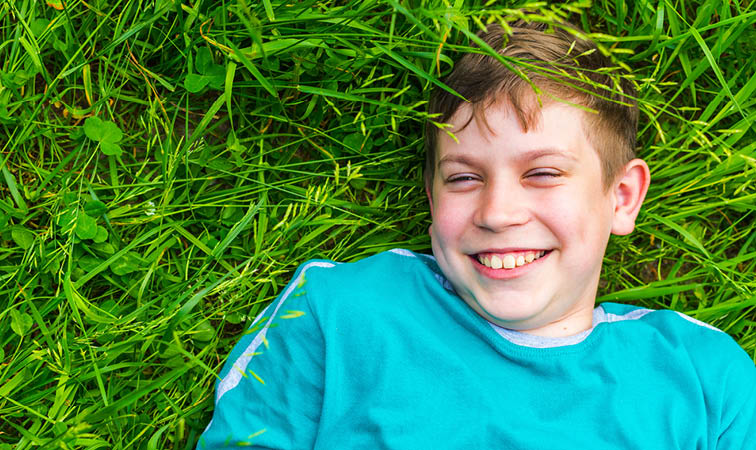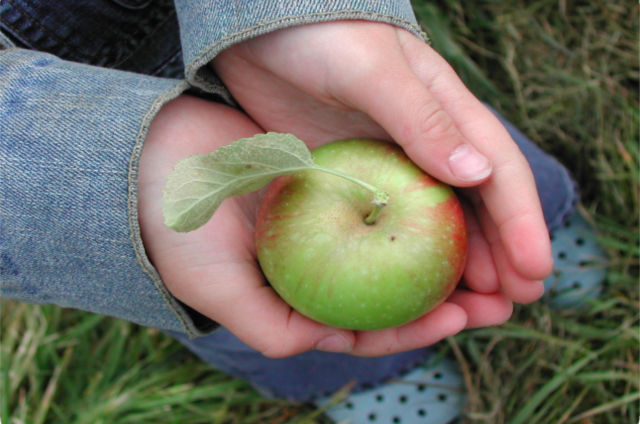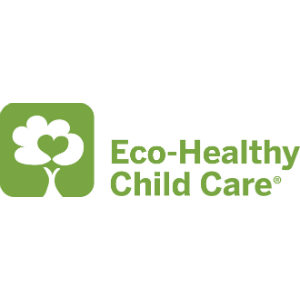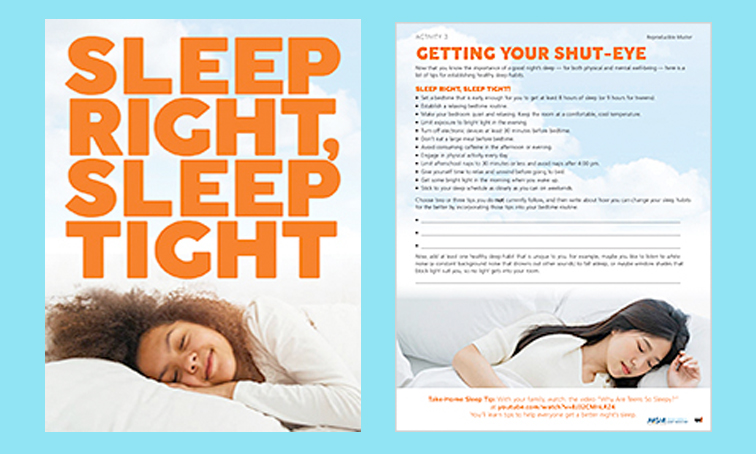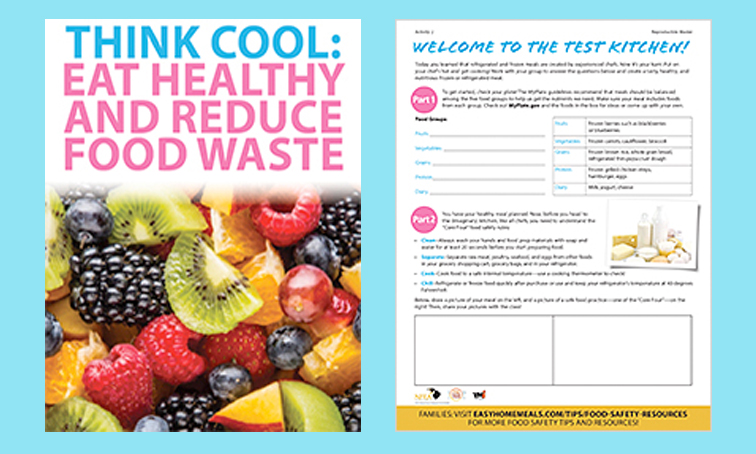About This Lesson
Nature Prescriptions offers inclusive, print-and-go activities designed for summer programs, extended learning, and end-of-year wrap-ups—helping all students, especially neurodivergent learners, boost mental health through intentional time in nature.
Grounded in science, this wellbeing skill encourages students to spend at least 120 minutes a week outdoors—but it’s more than just being outside. Through sensory exploration, emotional reflection, and accessible experiences, students learn to actively connect with the natural world. From schoolyards to neighborhood trees, even small moments in nature can spark awe, calm, and connection.
This comprehensive bundle includes everything you need to bring Nature Prescriptions into the classroom, from teaching slides and notes to supplementary resources.
Learning Objectives1. Students learn to identify the connection between time spent in nature and happiness.
2. Students learn to identify various activities they can do outside in nature to promote positive emotions.
3. Students learn to track time in nature and its impact on happiness over time.
These interactive teaching slides include five lessons and activities. Through discussion, activities, and reflection, students learn to connect with nature and use it for wellbeing and happiness when school’s out for the summer and beyond.
- Activity 1:Exploring Your Nature Connection
- Activity 2: Identifying Nature Activities to Boost Happiness
- Activity 3: What Is a Nature Prescription?
- Activity 4: 5 Pathways to Nature Connectedness
- Activity 5: A Nature-Rich Future
Here’s what you’ll get:
An entire What Went Well unit, including,
- Student instruction and lessons in Google Slides format
- Teacher's guide in speaker notes
- Printable worksheets, activities, and materials for students
- Answer keys for all lesson activities
Integration Into Current Instruction
- Are students learning about emotional regulation? Incorporate discussions on how time in nature impacts mood, focus, and attention. Have students reflect on how they feel before and after spending time in nature.
- Are students learning about environmental science? Consider discussing the pathways to nature connectedness and the interactions between humans and nature.
- Consider including a book about nature during reading literacy. Have students reflect on how nature is described throughout the book.
Why you’ll love this activity:
- The lessons and activities are easy to read and implement
- You can use each lesson as a standalone activity or as part of a comprehensive, science-based unit study
- This unit study comes with activities, downloadable worksheets, and even IEP and BIP recommendations tailored specifically to students with autism
Ways to Use
- Incorporate into SEL curriculum
- Integrate into small groups and/or individual counseling sessions
- Use as a brain break to help with transitions
- Families can use this at home, too!
- Use for summer programs or extended learning
What is Nature Prescriptions?
Nature has an undeniable impact on our wellbeing. Yet, time in nature has been on a steady decline since the 1980s, with people spending more time indoors and disconnected from nature. We need nature now more than ever. Originating from research on the restorative effects of nature, a Nature Prescription encourages you to spend at least 120 minutes per week outdoors —whether that’s a walk in the park, gardening or simply sitting under a tree. Doctors across the globe are now prescribing nature to improve mood, reduce anxiety and promote wellbeing. But the key isn’t just time outside — it’s about intentionally cultivating a deeper connection with nature to fully experience its benefits. And the best part? You don’t need to live near an ocean or national park to feel the effects — small doses of nature, or even noticing and incorporating nature into your indoor spaces, can make a big impact. Not all nature experiences look the same. The key is to find what works for you — the spaces, textures, sounds and sensory experiences that bring a sense of joy, serenity, and connection.
Science of Nature Prescriptions
Time spent in nature promotes happiness, wellbeing and life satisfaction across diverse populations. Nature’s benefits are both psychological and physiological — reducing stress, boosting mood, improving heart health, restoring attention and more. For autistic individuals, increased time in nature is linked to improved sensory, social, behavioral functioning, focus and greater subjective wellbeing. Research indicates that at least 120 minutes per week is the dose of nature we need to thrive. If going outside to be in nature feels out of reach, research shows that simply seeing nature — through a window, a photograph, video or even indoor plants — can have positive effects.
BENEFITS
-
People who spend time in nature are more likely to experience:
-
Increased prosocial behavior and cooperation
-
Increased positive emotions like awe, serenity, and gratitude
-
Enhanced self-esteem and resilience
-
Increased social connection and empathy
-
Decreased blood pressure, asthma, and risk of heart disease
-
Enhanced focus and cognitive performance
-
Higher levels of life satisfaction and wellbeing
-
Reduced stress, depression and anxiety
Additionally, individuals with learning, intellectual and/or developmental disabilities who spend time in nature may experience …
-
Improved sensory, social, and behavioral functioning
-
Increased attention and focus
-
Enhanced emotional regulation
-
Improved motor skills
-
Greater subjective wellbeing
Looking for more SEL resources?
- Explore the free full lesson plans and unit studies on happiness skills at our Skill Center. All units include teaching slides, additional worksheets and activities, and even IEP and BIP recommendations tailored specifically to students with autism.
Proof Positive’s resources are and will always be free. Be well!









